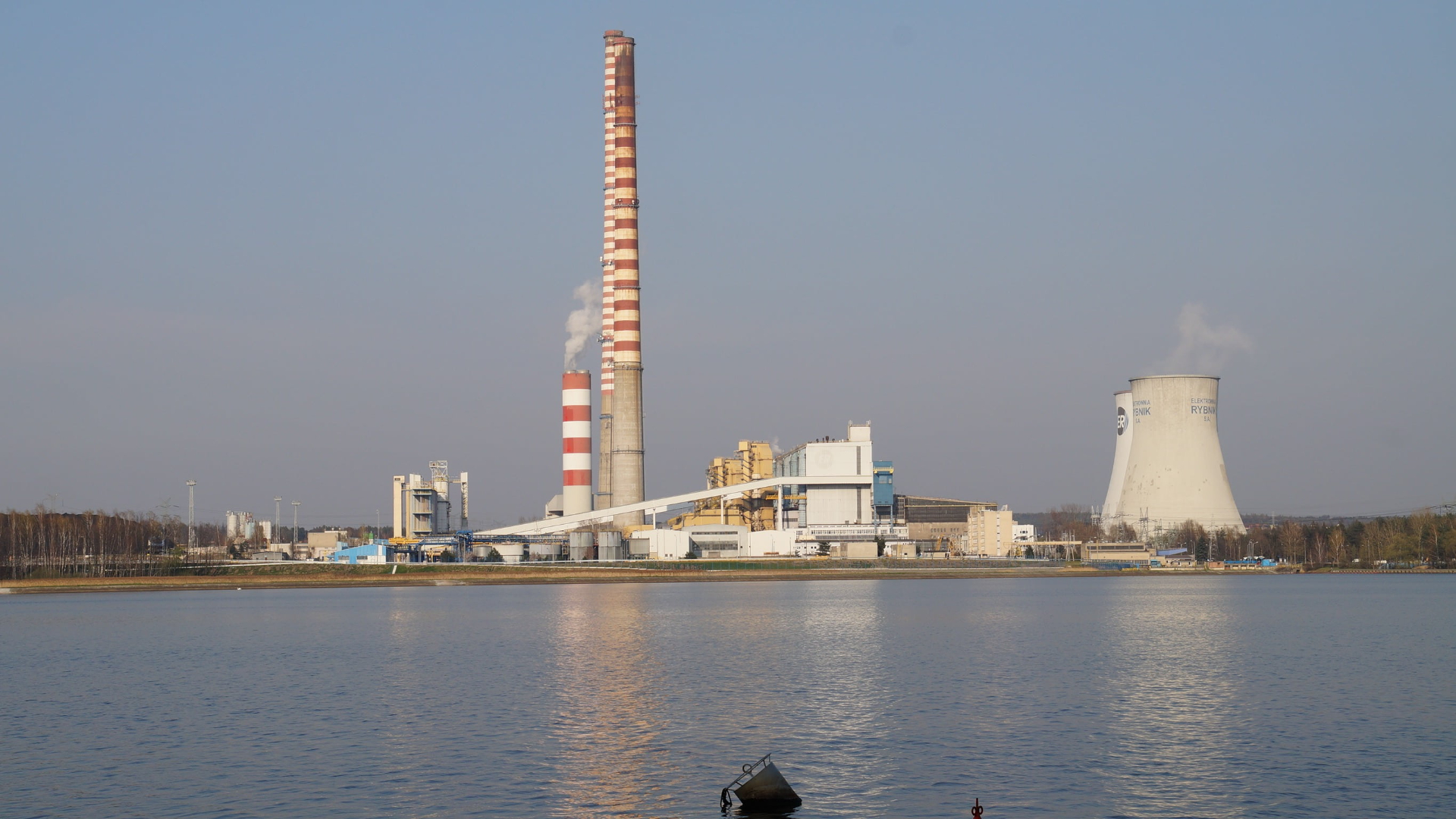1) Function: Remove suspended matter from water and purify water quality
2) Principle: Utilize the natural sedimentation or coagulation sedimentation of water
3) Classification: horizontal sedimentation tank and vertical sedimentation tank
A. Horizontal flow sedimentation tank
- Composition: water inlet, outlet, water flow part and sludge hopper
- Material: Concrete or masonry
- Features: simple structure, good precipitation effect, stable performance
- Disadvantages: Large footprint
B. Vertical flow sedimentation tank
- Composition: Inlet and outlet pipes, separator
- Material: stainless steel or fiberglass
- Features: Small footprint, easy to discharge mud
- Disadvantages: large depth, difficult construction, high cost
C.Radial Flow Sedimentation tank
- Composition: water inlet, outlet, water flow part and sludge hopper
- Material: Concrete or stainless steel
- Features: good sedimentation effect, large processing capacity, little agitation to the water body
- Disadvantages: unstable water flow rate, complicated supporting sludge scraping and sludge discharge equipment, large floor space
4) Influencing factors: water flow rate and residence time
5) More, based on the above principles, inclined tube sedimentation accelerates water flow and increases water retention time through directional flow sedimentation, which greatly improves the treatment effect of the sedimentation tank. It is a new type of sedimentation tank that improves treatment capacity and effect.
6) Application of sedimentation tank
Sedimentation tanks can be used as supporting equipment for other water processes such as flotation, or they can be used alone. They can effectively treat pollutants in wastewater in these fields: removing metal ions from electroplating wastewater, reducing turbidity in coal mine wastewater, removing color from printing and dyeing wastewater, removing organic matter from leather and food wastewater, and removing COD and color from chemical wastewater.




生化膜反应器14-scaled.jpg)
生化膜反应器4-scaled.jpg)


